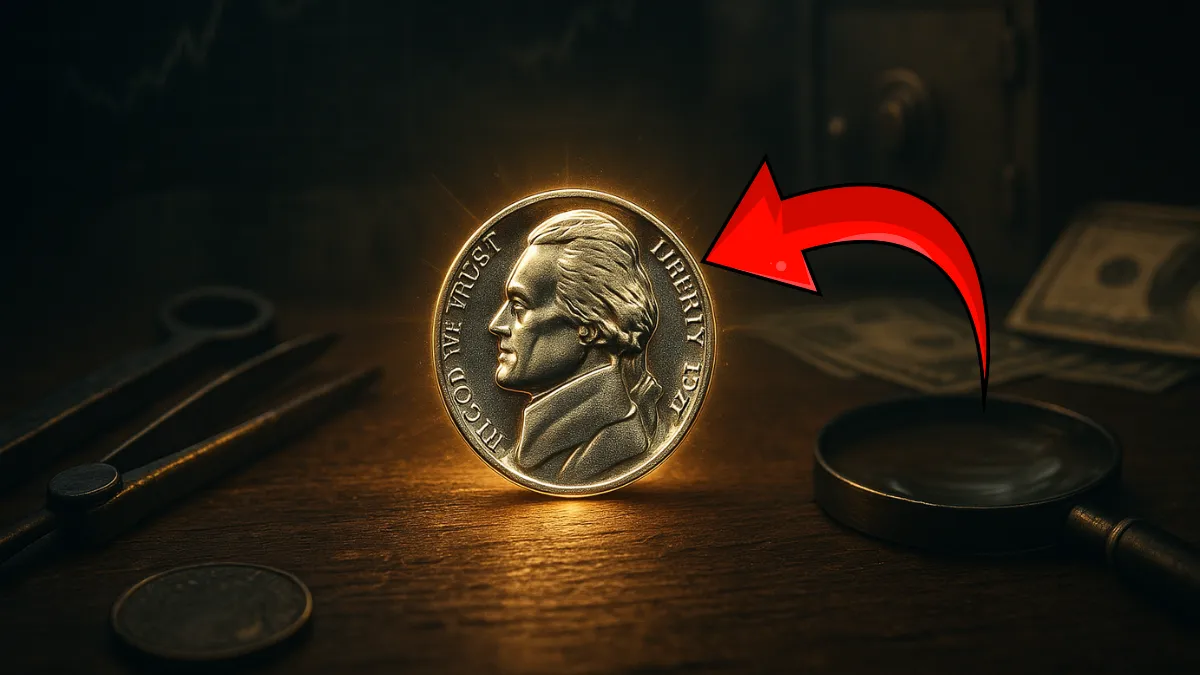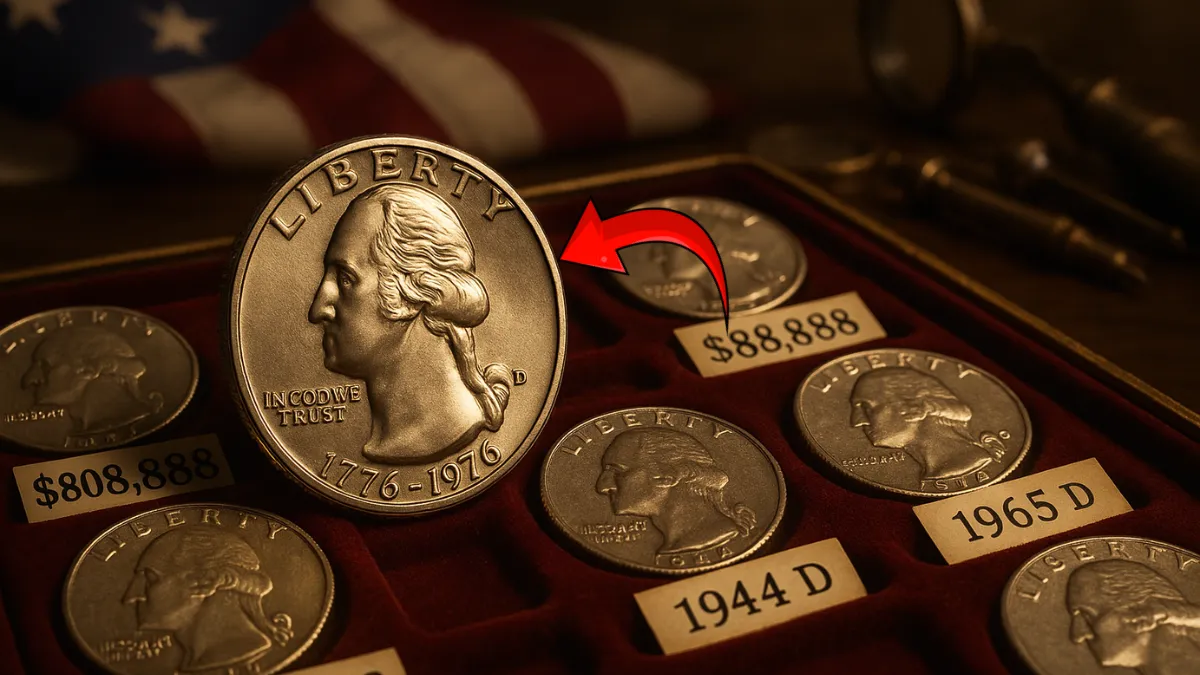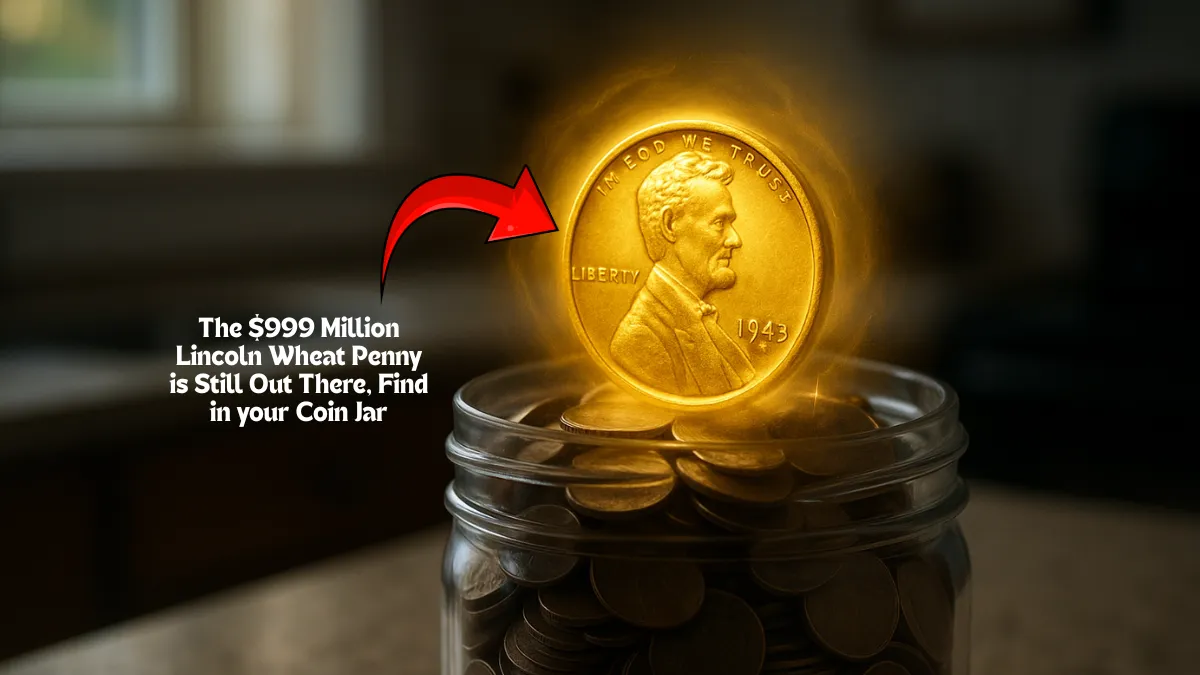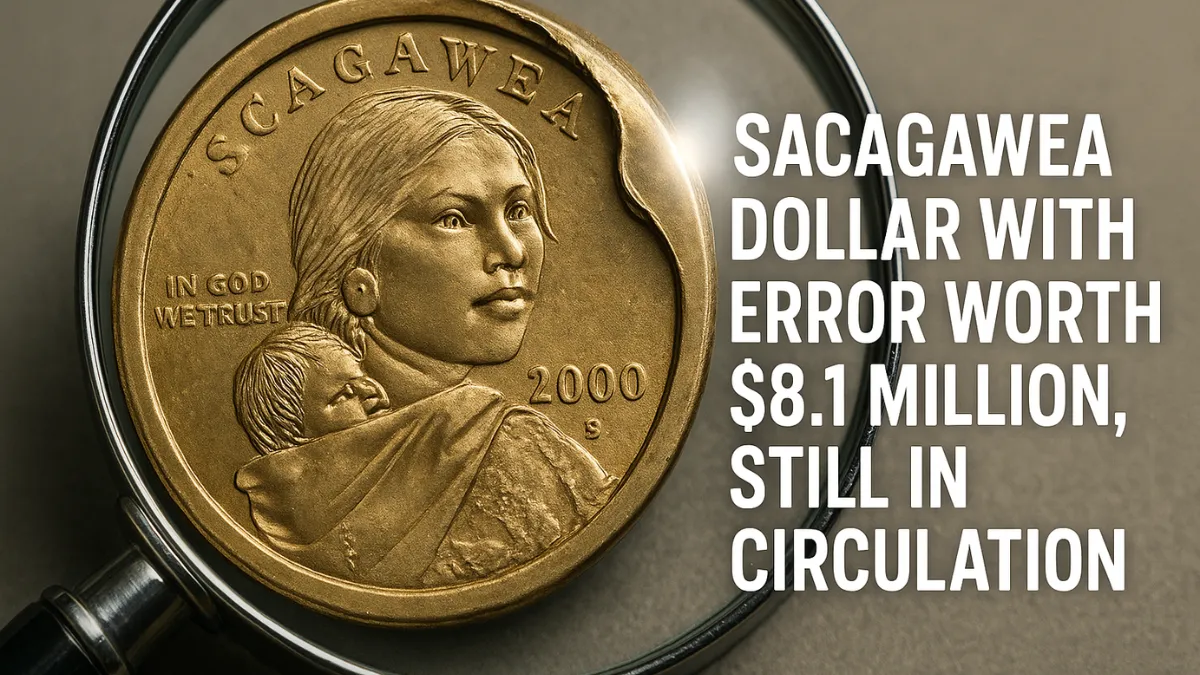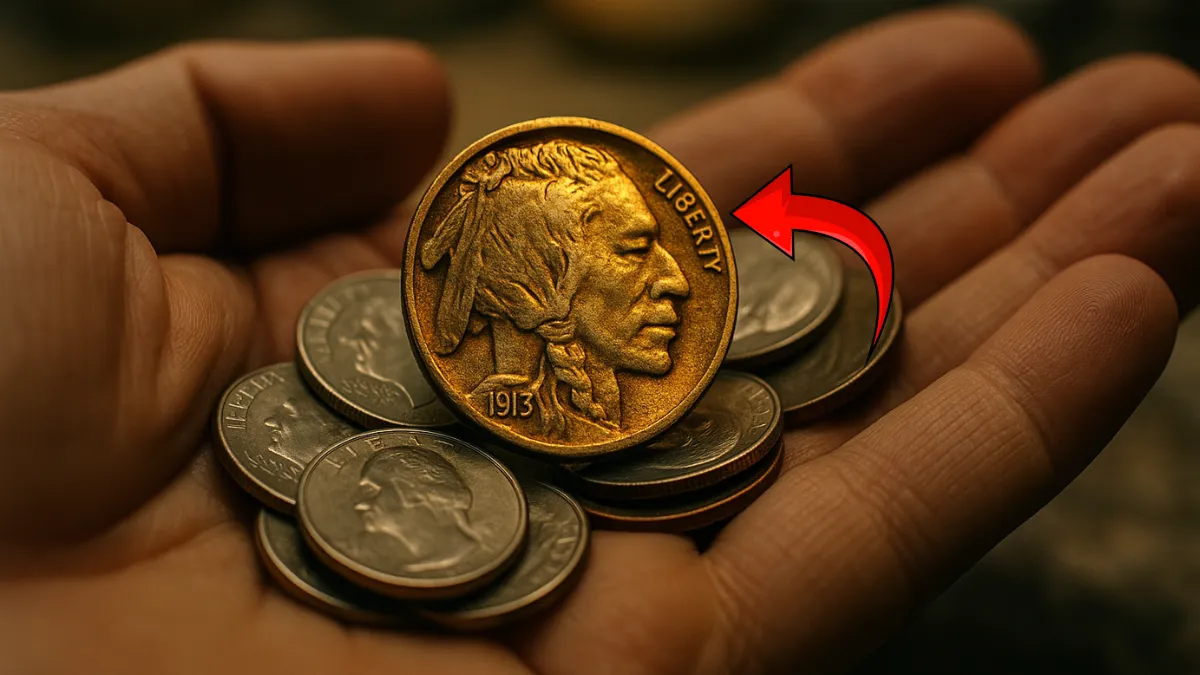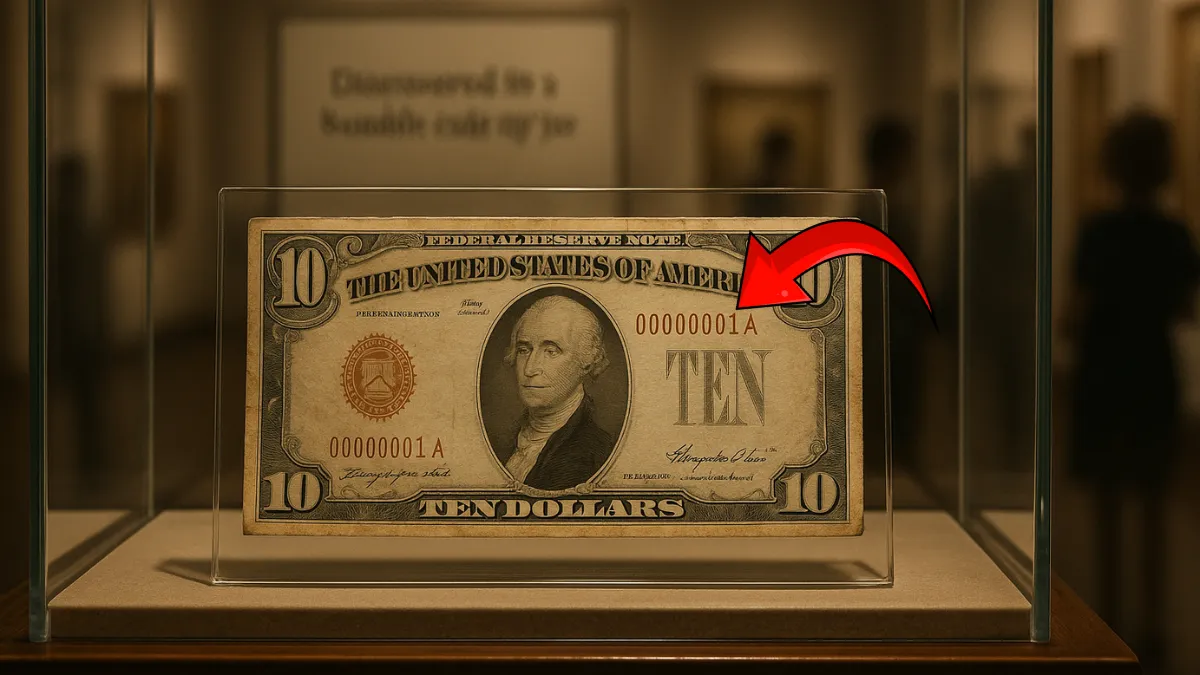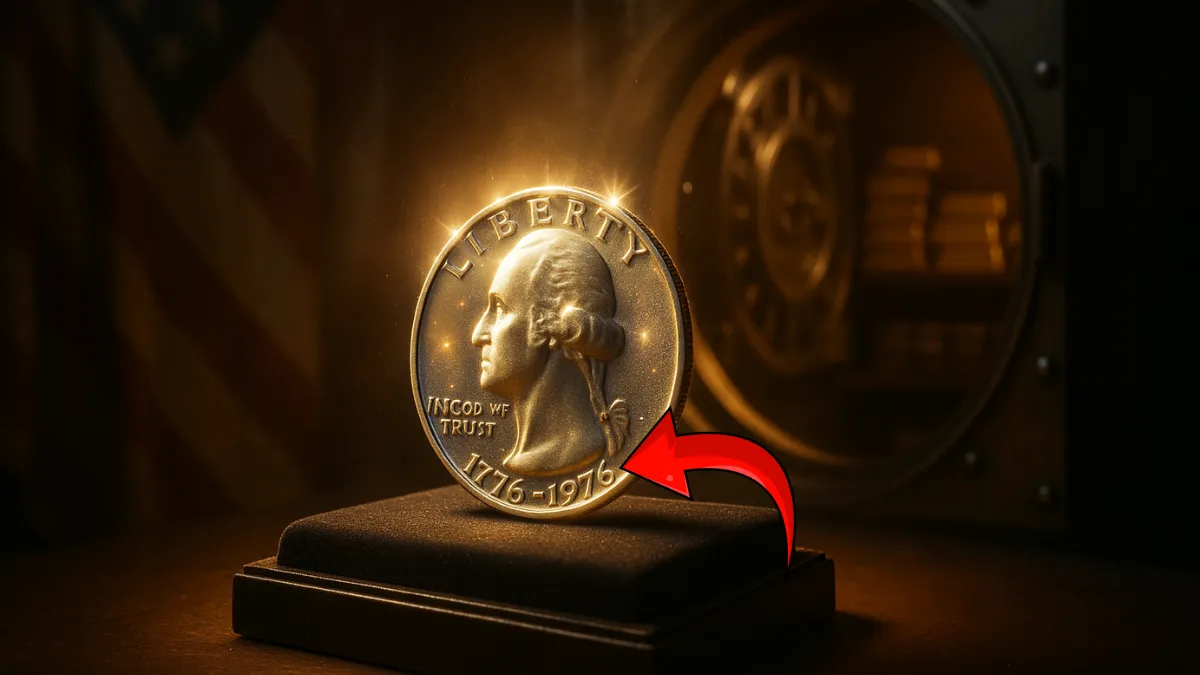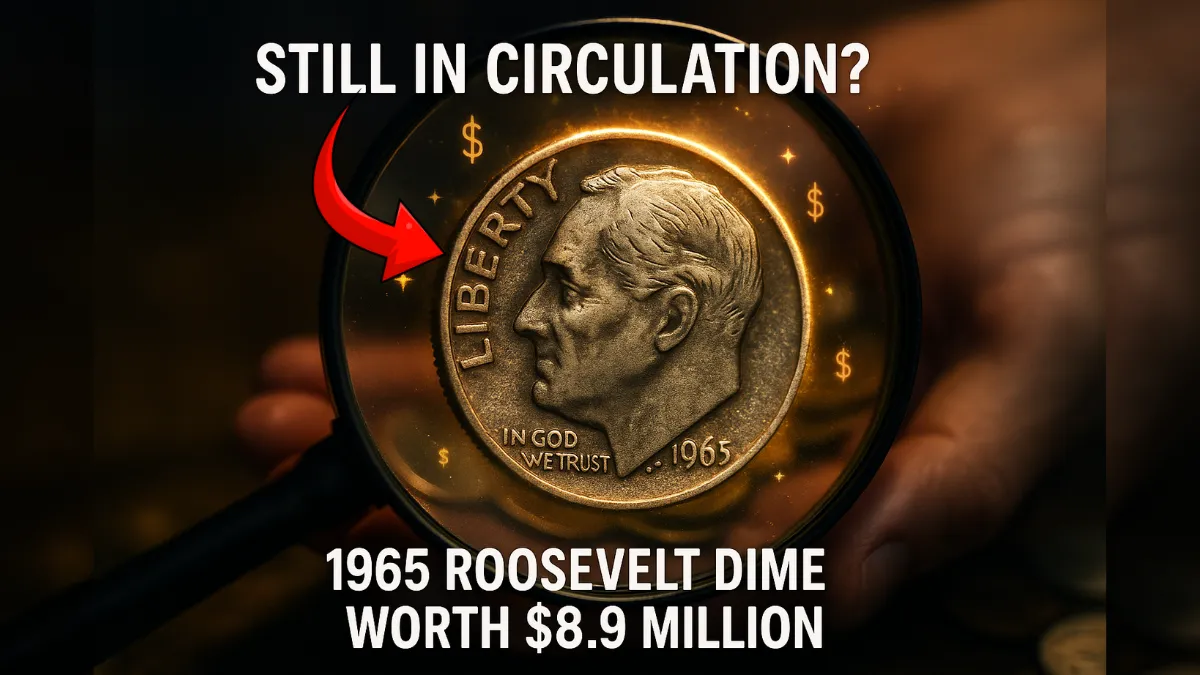7 dog breeds that are perfect for introverts who love quiet companionship
We all have those days when solitude feels like a gift—reading a favorite book or simply sitting in stillness with our own thoughts. And sometimes, the quiet becomes even more meaningful when shared with a furry friend who doesn’t demand the spotlight. If you’re someone who treasures peace and cringes at too much noise or … Read more



